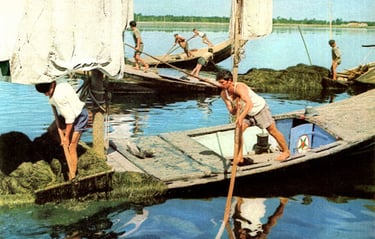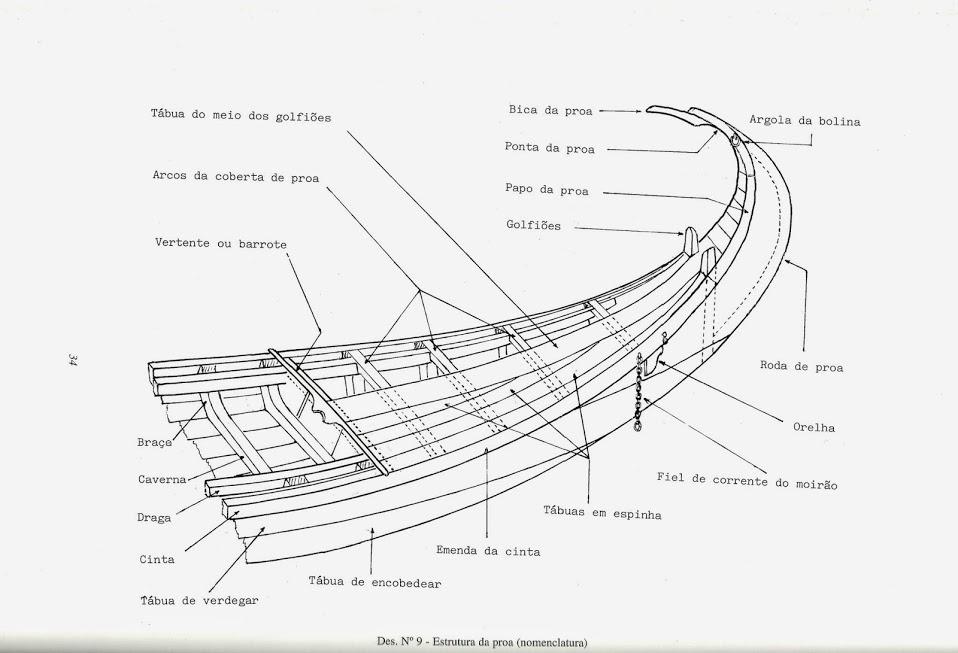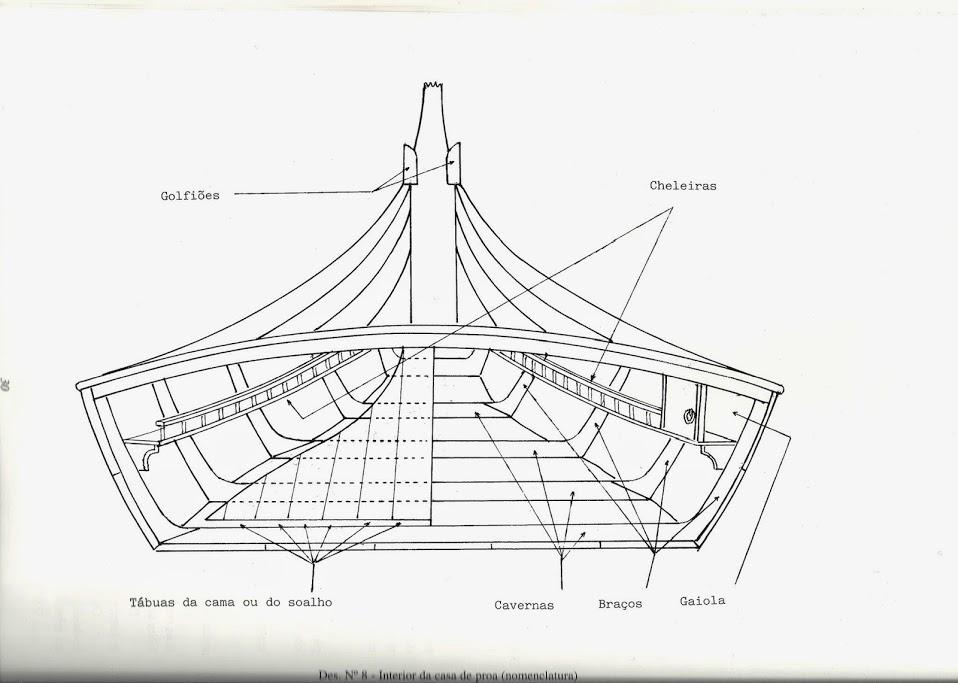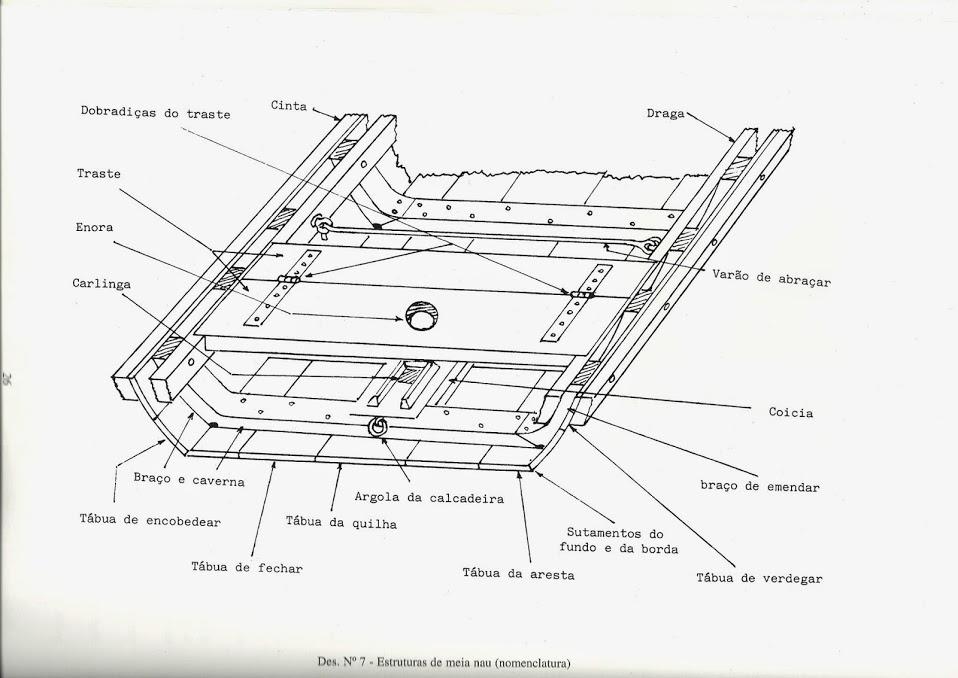Descontos imperdíveis em CRUZEIROS de barco!
Moliceiro Boat
This beautiful boat can be used for everything (...) it's the charm of the estuary. It's like a bird and a theatre composition. It enlivens the landscape (...) it even serves as a home (...) I don't know of any other more artistic, lighter, more suited to the functions it performs and the landscape that surrounds it.
Raúl Brandão, 1923, in “Os Pescadores”
Moliceiro Boat - history
The moliceiro, a traditional boat with deep roots in Portuguese maritime culture, was used in the past to transport moliço, a group of seaweeds crucial for fertilising agricultural land (see more).
With a capacity to carry up to 7 tonnes of moliço, these boats were propelled by ancient methods such as the sail, the pole or the sirga. However, the development of chemical fertilisers has replaced the use of moliço, making its harvest practically non-existent.
Today, moliceiros have been given a new lease of life, being predominantly used for tourist trips and regattas, where they preserve cultural heritage and offer visitors a unique experience on the calm waters of Portuguese creeks.
These boats now sail not just as work vehicles, but as symbols of a tradition that has stood the test of time.
Anyone who visits the Ria de Aveiro will certainly not be indifferent to the humour of its panels and its structure, which is completely different from the other boats that sail here.
To learn about the history of the Barco Moliceiro and its construction process is to enter into the innermost depths of Aveiro's culture.




Origin
Centuries ago, the inhabitants of the northern region of the Ria de Aveiro made a valuable discovery: the submerged vegetation that existed there was an excellent fertiliser for their often sandy fields (find out more Moliço).
This revelation led to a significant adaptation in farming techniques and the tools used. In order to harvest the ‘moliço’, as it is known today, farmers innovated their implements, improving, for example, the rakes that were essential for harvesting. In addition, the boats used for fishing and transport also underwent modifications to make it easier to load this precious natural wealth.
Thus, the know-how of these farmers was moulded by the need to improve their harvests, and the Ria de Aveiro became a focal point for agricultural and economic development, where tradition and innovation have gone hand in hand over the centuries.


Moliceiro Boat - shipbuilding
Thus, a considerable length of the edge, in the middle of the boat, was lowered to the maximum, below the waterline, from a certain amount of load, to facilitate the manoeuvre of placing the heavy contents (moliço and some mud) of the huge ‘drag rakes’ inside. The bow had to be raised considerably so that, when there was no wind and propulsion had to be by pole, the crew could work on an inclined plane, thus obviously obtaining better performance with much less effort than if the task had been carried out on a flat surface. As for the stern, it was also raised to support a large rudder, very wide and shallow, which would allow it to steer effectively in the low waters of the ‘seaweed beaches’.
To help with the caulking and to protect the pine wood from the weather and water, the moliceiros would have their entire sides covered in black pitch, which gave them a beautiful, elegant and perfect black silhouette. It would have happened, however, that one day, perhaps much more recently than many realise, a master builder with an artistic streak, satisfied with his masterpiece, or a moliceiro, with a flair for painting and who loved his boat, would have thought, as almost all of us do when we make or own something we hold dear, to add a detail, an embellishment, with the intention of improving or embellishing it.
And, looking at that large, black, empty surface of the bow, which, what's more, was useless, unlike everything else on the molluscs, where everything was useful, not to mention the fact that, being as black as the deadly sins, it wouldn't have been in keeping with the cheerful, easy-going temperament of those people, the aforementioned master builders and mollusc owners would have thought: ‘And if I put a painting on there, it might look good.’ Having put their paintbrushes to work, using the simple, bright colours they had at their disposal and without obeying the pictorial rules of styles they didn't know, they painted whatever came to mind. After checking that their labour had achieved the expected result, on the port side, why not repeat the dose on the starboard side? With these two ornaments, the boat would, in the general opinion, have had much more attractive ‘faces’, which is why, looking at the ‘aft castle’, one would have noticed that those large areas of black side, with nothing on them, would have been asking for the same naval aesthetic intervention that would not have been expected.
The rigged boat would have been a success and therefore aroused a desire to imitate it and, why not, some envy. And since not all master builders or owners were gifted with a pictorial vocation, popular painters would have emerged, who dedicated themselves to a naive decorative art that, fortunately, has survived to the present day.
(texto retirado de: http://ww3.aeje.pt/avcultur/avcultur/DiamDias/Diversos/Paineisdos.html...)
Glossary "Boat Moliceiro"
Vocabulário Técnico do Barco Moliceiro
CASTRO, D. José de. - ESTUDOS ETNOGRÁFICOS. AVEIRO. I Tomo: Moliceiros. II - Pescadores. III - Lavradores. IV - Marnotos e Embarcações Fluviais. V - Primeira Parte - Industrias Populares. V - Segunda Parte - Feiras e Mercados e VI - Culto Religioso. Usos e Costumes. Porto. Litografia Nacional 1943 (a 1945). 6 Vols. In-Fólio. Brs.






Experiências Ria de Aveiro
CONTACTO
passeiodemoliceiro@gmail.com
+351 910 951 364
© 2024. All rights reserved.
